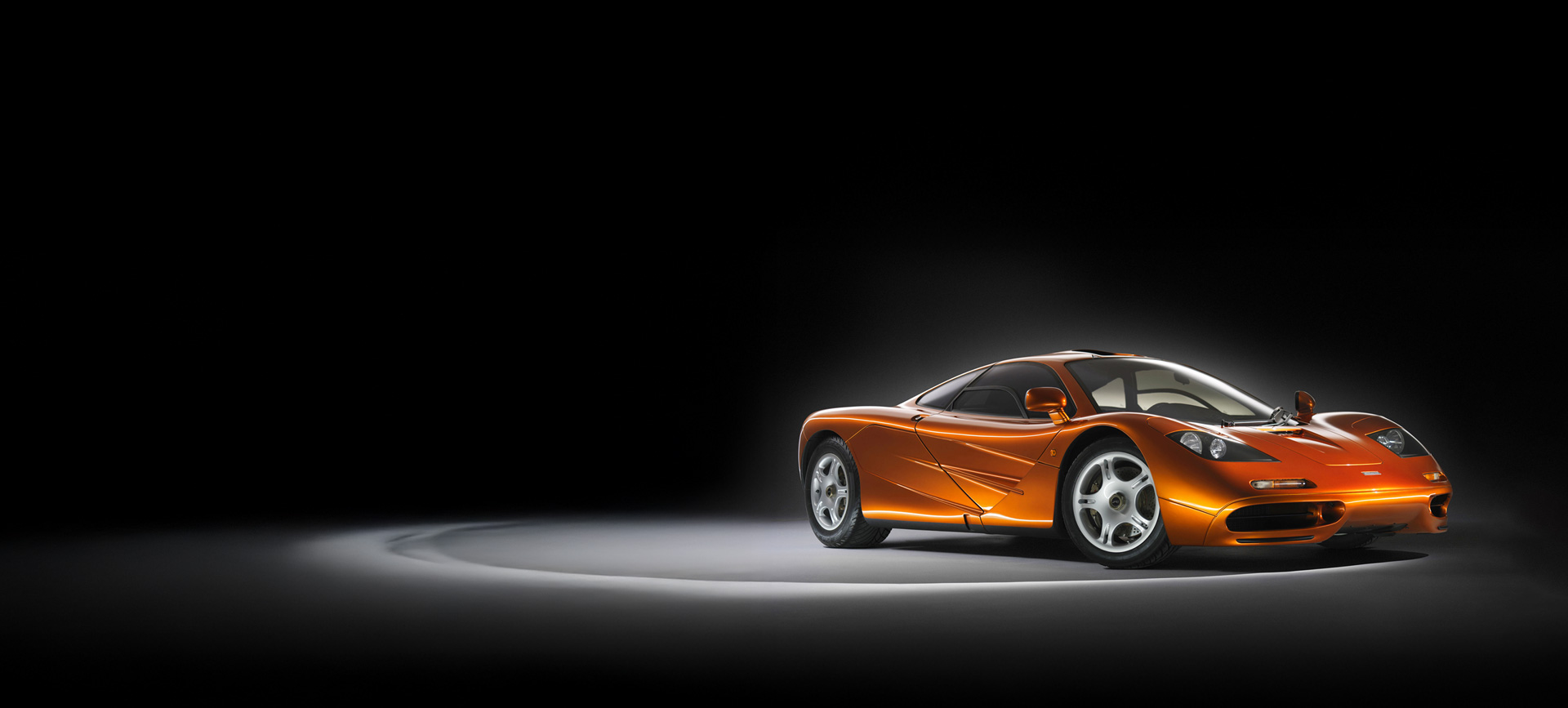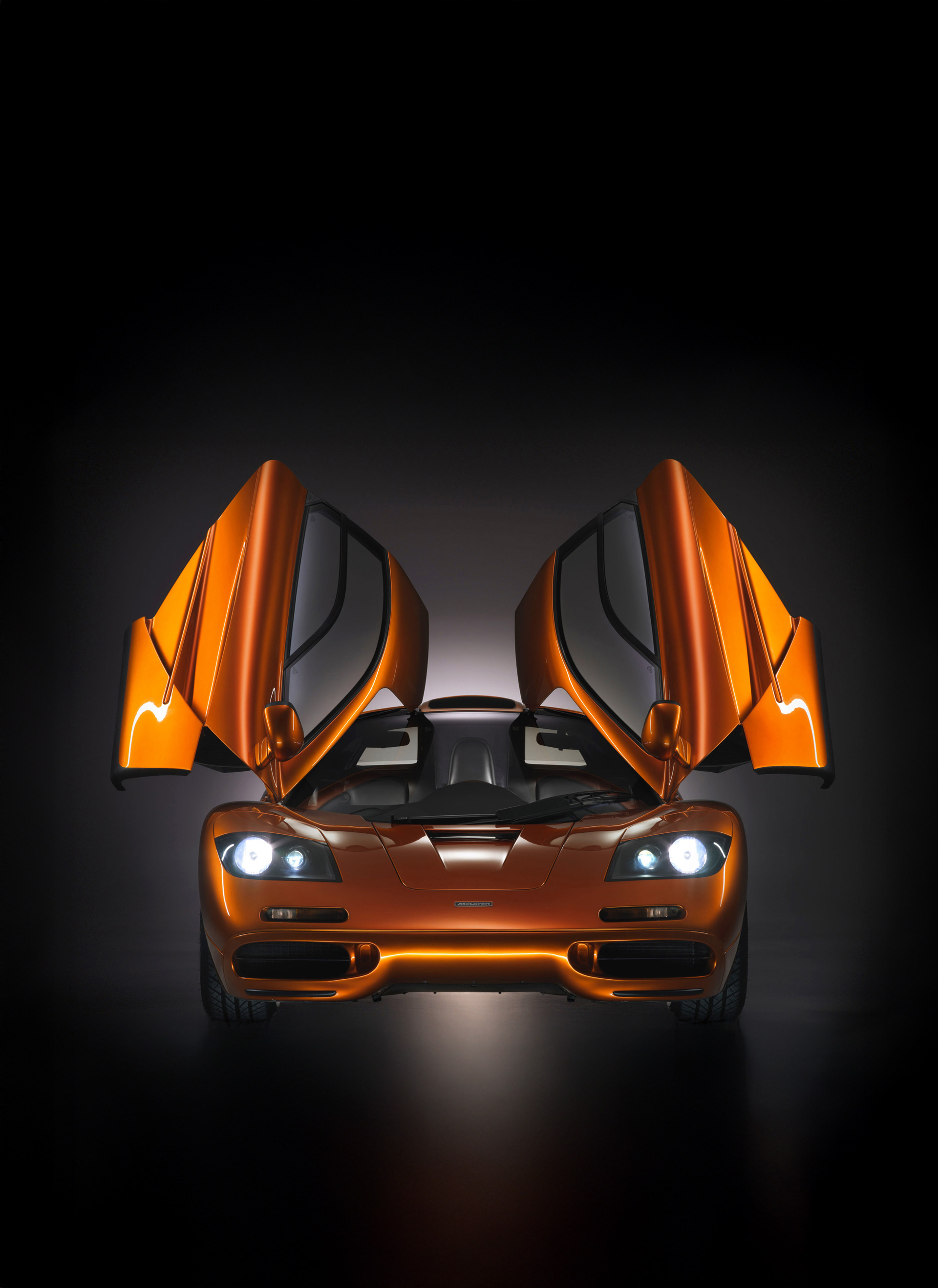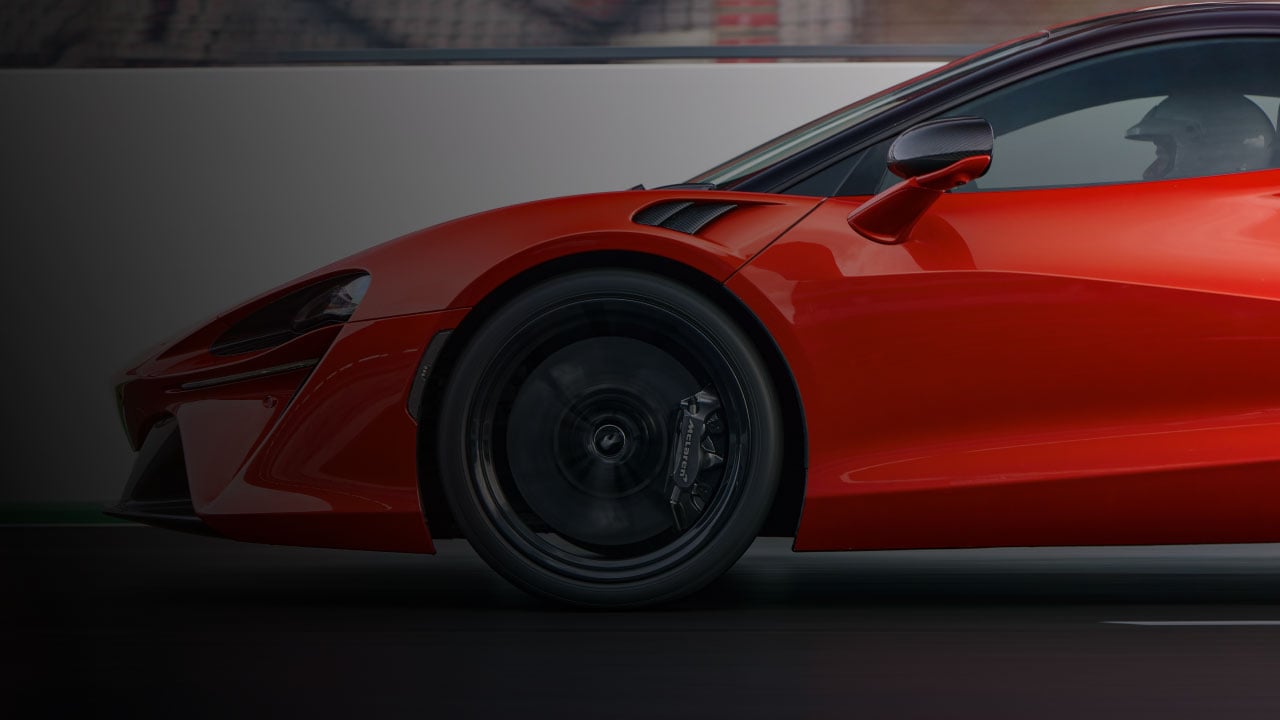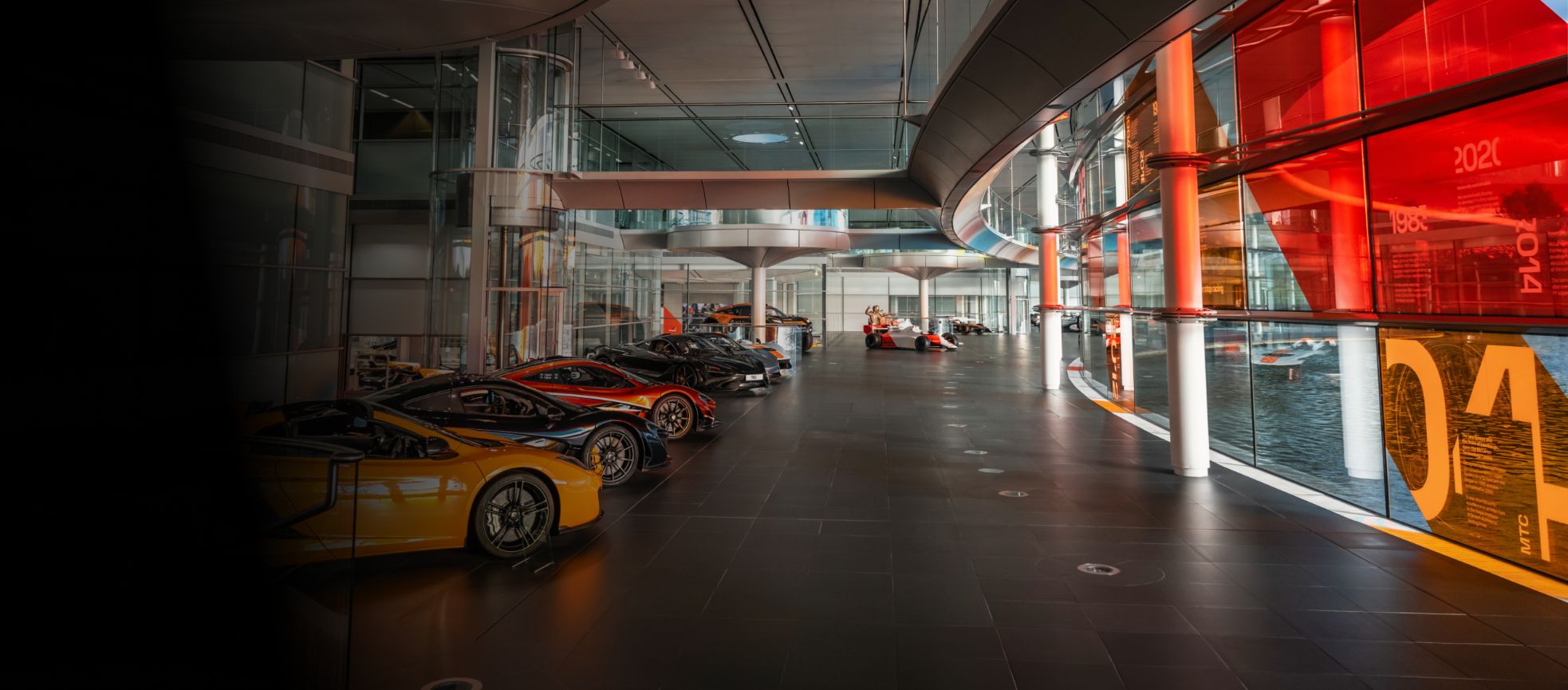
McLAREN F1
OVERVIEW
The McLaren F1, conceived in 1988, realised in 1992, was McLaren Automotive's first foray into road cars and remains a masterful achievement of style and engineering. Even now, it holds the record for the world's fastest naturally aspirated road car. For many, it is the greatest supercar ever created.
The dream of the McLaren F1 began when four McLaren racing directors were waiting for a flight back to England from Milan in 1988. Together, they discussed the future of the company and a shared ambition: to design the ultimate supercar. Little did they know, they were about to make automotive history.
LEGENDARY PERFORMANCE
Four years later, the McLaren F1 was unleashed to consumers, instantly becoming the fastest production car in the world. It was the first road car to be built around a lightweight carbon fibre monocoque. A modified version won a decisive victory at the 1995 24 Hours of Le Mans, leaving purpose-built racing cars in the dust.
Only 106 examples were made in a limited production run, making the McLaren F1 one of the most exclusive cars in the world, even today. When an F1 turns up at auction, it has been known to fetch as much as $20.5 million. From its gilded engine to dihedral doors, the McLaren F1 was the finest sports car of its generation, and beyond.




